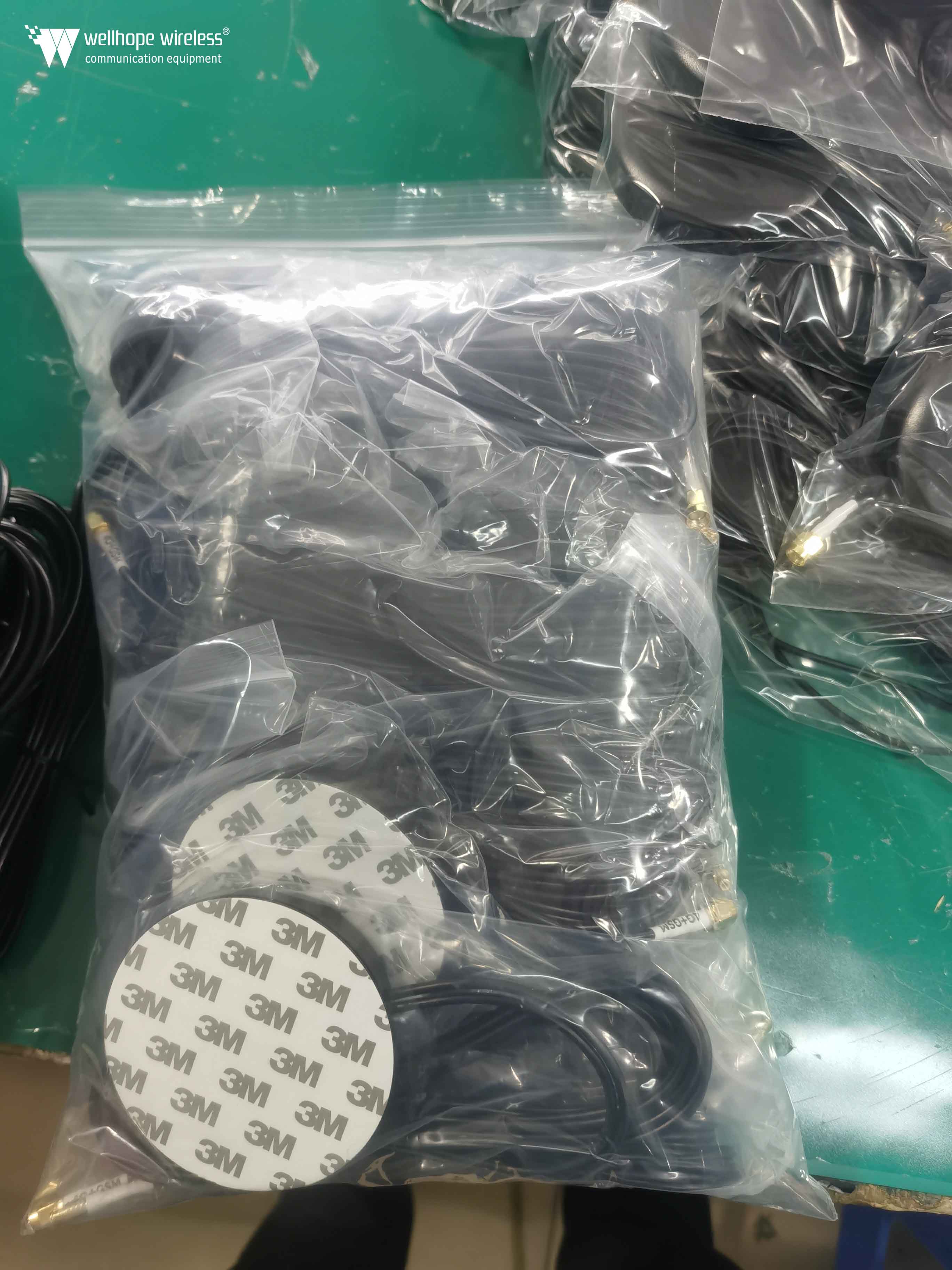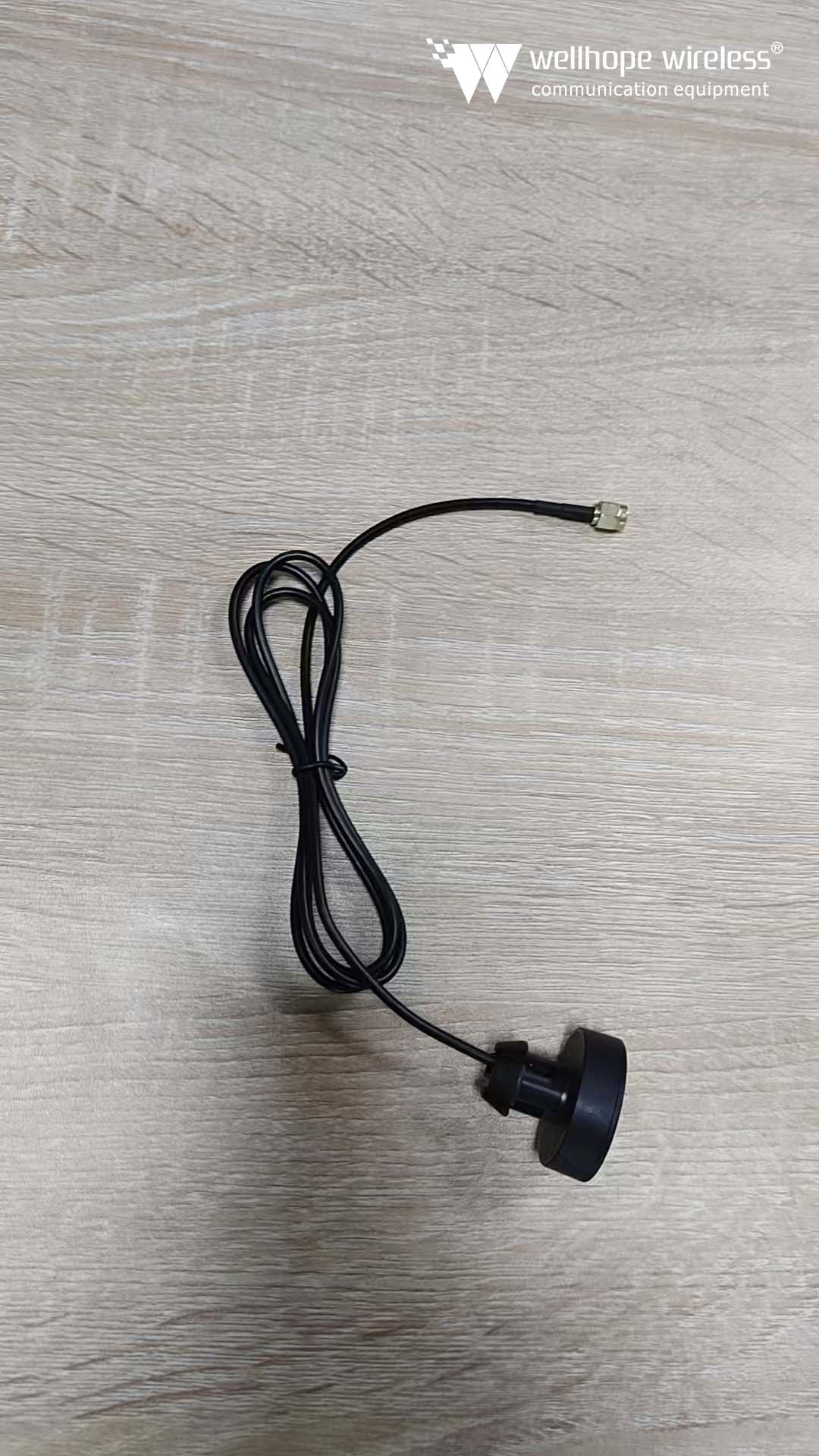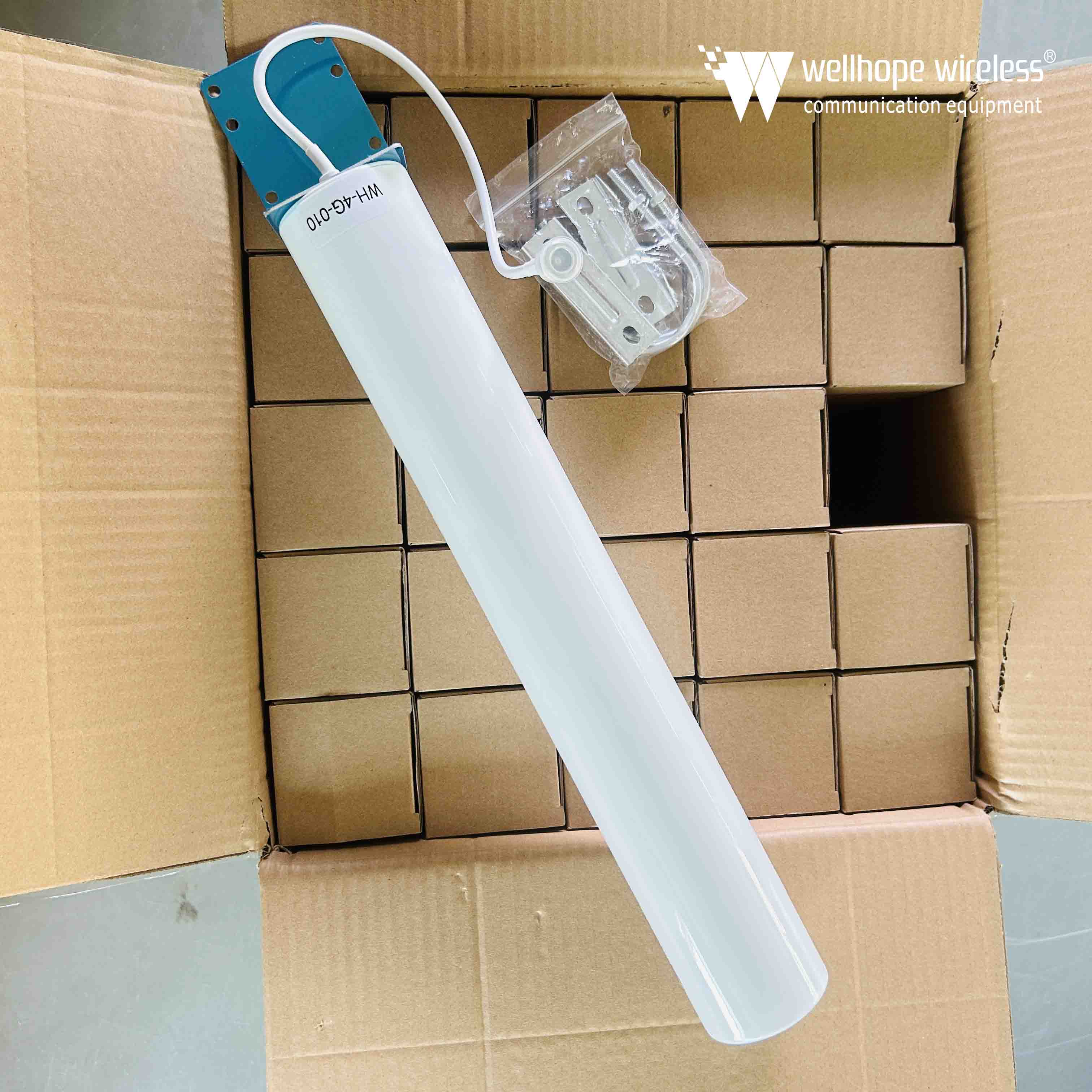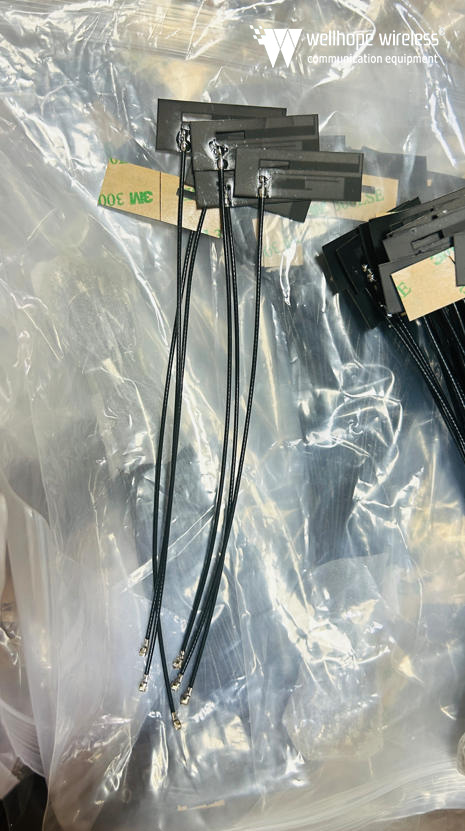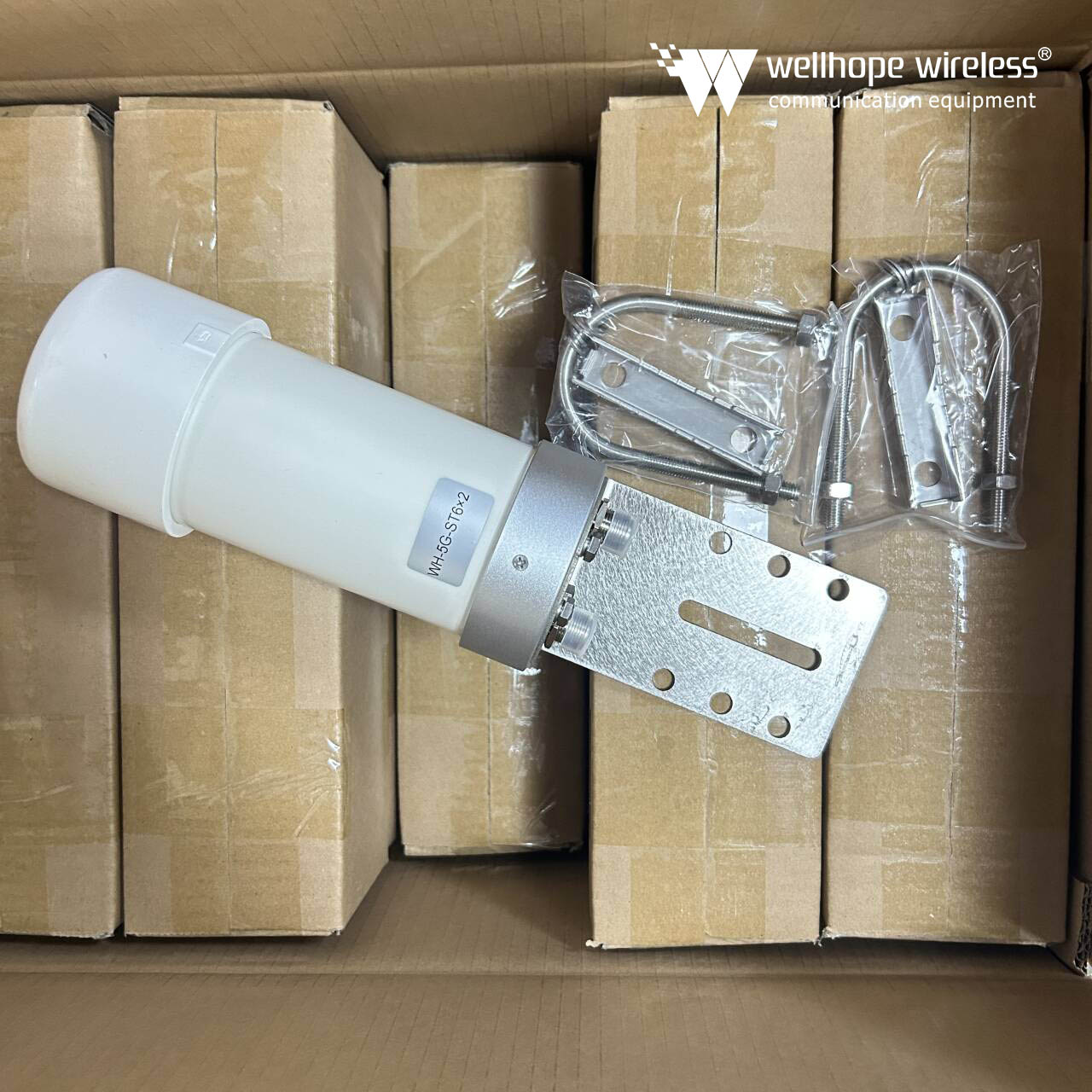How to choose the antenna?
Expected to finish reading in 8 minutes
Antenna Selection Guide
An antenna is a device that radiates radio frequency signals from a transmission line into the air or receives it from the air onto a transmission line. It can also be regarded as an impedance converter or an energy converter, which converts the guided wave propagated on the transmission line. Transform into electromagnetic waves propagating in an unbounded medium, or vice versa.
For the design of a wireless transceiver device used in a radio frequency system, the design and selection of the antenna is an important part. A good antenna system can achieve the best communication distance. The size of the same type of antenna is proportional to the wavelength of the radio frequency signal. The lower the frequency, the larger the antenna required.
Antenna classification
Antennas can be divided into external antennas and internal antennas by their installation positions. Those installed inside the device are called internal antennas, and those installed outside the device are called external antennas.
For small-sized products such as handheld devices, wearable designs, and smart homes, built-in antennas are commonly used, with high integration and beautiful appearance. The Internet of Things and smart hardware products need to transmit data online, so they all need to use antennas.
The smaller the space and the more frequency bands, the more complicated the antenna design is. The external antennas are generally standard products. You can use the antennas of the required frequency bands without debugging, plug and play.
For example, express cabinets, vending machines, etc., generally use magnetic external antennas, which can be attached to the iron shell. These antennas cannot be placed in a tin cabinet. Metal will shield the antenna signal, so they can only be placed outside. This article focuses on the classification and selection methods of the antenna, and introduces the relevant information of the antenna.
1.1 External antenna
The external antennas can be divided into omnidirectional antennas and directional antennas according to the radiation angle and direction of the radiation field.
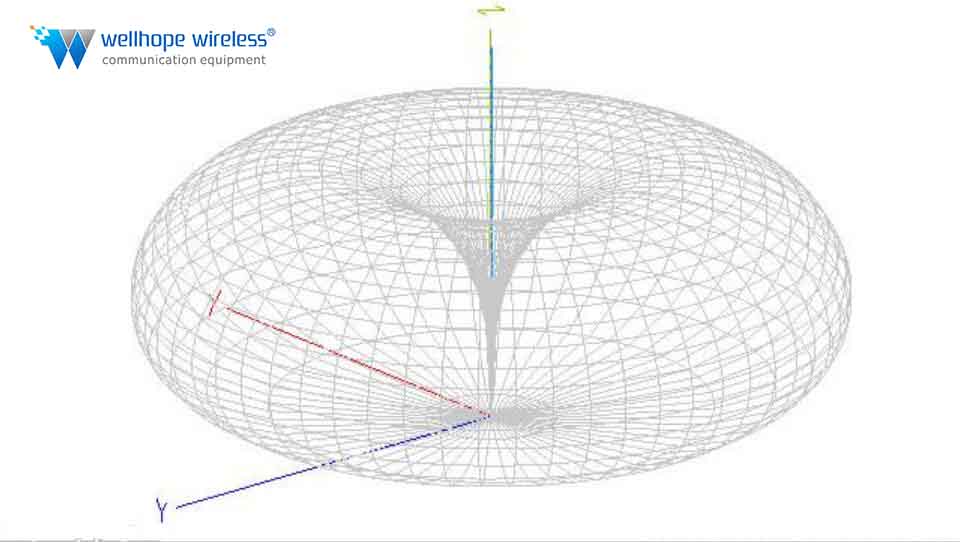
Space radiation pattern of omnidirectional antenna
Omnidirectional antenna: that is, it shows uniform radiation in 360° on the horizontal pattern, which is commonly referred to as non-directional, and shows a beam with a certain width on the vertical pattern. In general, the smaller the lobe width, The greater the gain. External omnidirectional antennas mainly include sucker antennas, fiberglass antennas and glue stick antennas.
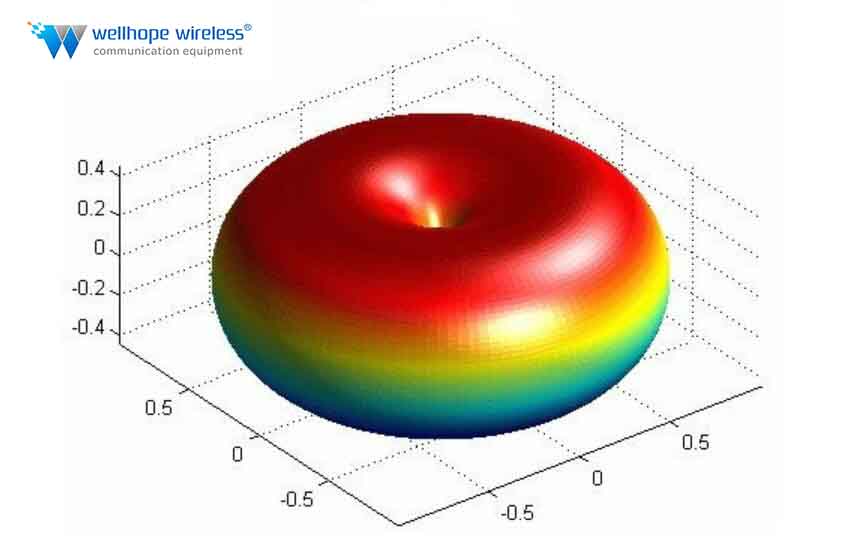
Directional antenna spatial radiation pattern
Directional antenna: refers to an antenna that emits and receives electromagnetic waves particularly strong in one or several specific directions, while transmitting and receiving electromagnetic waves in other directions is zero or extremely small. The purpose of using a directional transmitting antenna is to increase the effective utilization of radiated power and increase confidentiality; the main purpose of using a directional receiving antenna is to enhance the signal strength and increase the anti-interference ability. External directional antennas mainly include panel antennas, Yagi antennas and log periodic antennas.
1.2 Built-in antenna
The built-in antenna mainly refers to the general term of the antenna that can be placed inside the device. The built-in antenna mainly includes FPC antenna, PCB antenna, spring antenna, ceramic patch antenna, laser direct forming technology (LDS) and hardware shrapnel antenna.
Selection Guide
When choosing a suitable antenna for the device, first determine whether to use the internal or external antenna according to the product structure. The main features of the external antenna and the internal antenna are as follows:
external antenna
• Low environmental impact, can be used as a standard product, saving development cycle
• Occupy space and affect product appearance
Built-in antenna
• Relatively high gain
• Mature technology, good consistency of product delivery
• Built in the equipment, beautiful, no need to do three preventions separately
• Affected by the surrounding environment, generally need to be customized with the product itself
2.1 Selection of external antenna
First, determine the signal coverage area of the device. The signal coverage direction is determined by the antenna radiation pattern. According to the antenna radiation direction, antennas are divided into omnidirectional antennas and directional antennas.
2.1.1 External omnidirectional antenna
Suction cup antenna: The gain is relatively high, the biggest feature is that it has a strong magnetic suction cup, which is very convenient to install and fix, but the suction cup must be adsorbed on the metal surface. In the wireless module industry, suction cup antennas are often used in conjunction with wireless modules to increase the communication distance of wireless modules, such as smart meter reading, vending machines, express cabinets, and car radios.
Copper rod sucker antenna: similar to the ordinary whip sucker antenna, but the advantage over the whip sucker is that it uses a larger diameter pure copper radiator, which has low ohmic loss, high antenna efficiency and wide bandwidth coverage. It is suitable for data transmission stations with relatively high performance requirements, medium distance image transmission, etc.
Glue stick antenna: It is the most common external antenna with moderate gain and relatively low price. It is commonly used in wireless communication modules, wireless routers, and digital radio stations. The antenna of the appropriate size can be selected according to the installation space requirements, and the choice of antenna size is related to the gain. Generally, the longer the same frequency band length, the higher the gain.
Fiberglass antenna: Among omnidirectional antennas, the performance of fiberglass antenna is the best. Its inner core is pure copper vibrator, adopts balanced feeding, and is less affected by the environment; the outer shell is made of high-quality fiberglass, which has good three-proof characteristics, and is Good adaptation to the natural environment. Especially suitable for ultra-long distance gateway signal coverage, image transmission, etc.
2.1.2 External directional antenna
Generally used in environments with long communication distances, small signal coverage, and high target density. An extreme example is point-to-point long-distance communication.
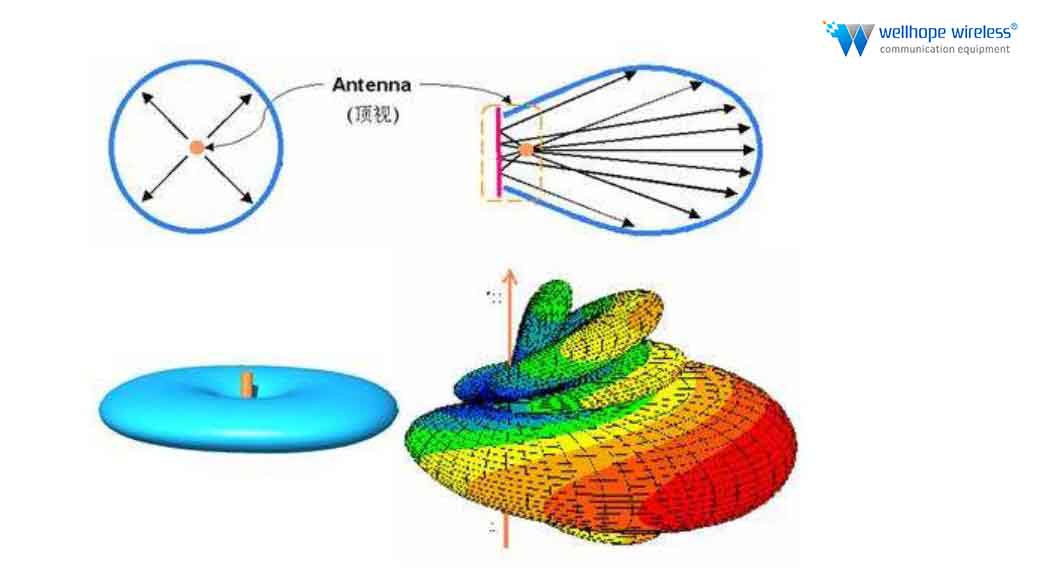
Panel antenna: high efficiency, light and small size, easy to install, can take into account gain and radiation area. It is suitable for indoor and tunnel wireless signal coverage, medium-distance signal transmission, image transmission and signal penetration through walls, etc.
Yagi antenna: very high gain, slightly larger volume, strong directivity, you need to pay attention to the direction of the antenna when using it, it can be used for ultra-long-distance signal transmission, image transmission and direction finding.
Log periodic antenna: Ultra-wideband antenna with very wide bandwidth coverage, with a bandwidth of up to 10:1. It is often used for signal amplification, indoor distribution and elevator signal coverage.
2.2 Built-in antenna selection
The shape of the built-in antenna can be divided into: FPC/PCB/spring/ceramic/hardware shrapnel/laser direct forming technology (LDS) and other types. At present, PCB antennas are generally more choices. Choose a spring LDS antenna when cost control is high and performance requirements are general. General built-in antennas are affected by the environment and require custom design or impedance matching.
Hardware shrapnel antenna
FPC antenna: With good cost performance, it can match various appearance colors after injection; the product has good flexibility and can perfectly fit on the regular arc surface; the technology is mature and stable, the production cycle is fast, and the batch delivery is good; suitable for Broadband smart device antenna design with higher performance requirements.
PCB antenna: The biggest difference from FPC antenna is that FPC has good flexibility, PCB antenna is a hard board, in the structural installation, if you need to bend and curved surface, choose FPC antenna, if it is flat, you can choose PCB antenna, PCB antenna It is easier to install than FPC.
Spring antenna: Its biggest feature is low price, but low gain and narrow bandwidth. When it is built into the product, it is often necessary to adjust the antenna matching.
Ceramic patch antennas: occupy a small space and have better performance; narrow bandwidth, which is difficult to achieve multiple frequency bands; effectively improve the integration of the motherboard and reduce the antenna's restriction on ID; the design needs to be introduced at the beginning of the definition of the motherboard.
LDS antenna: Suitable for antennas with special appearance, which can make full use of the antenna space; the realization of antenna performance is closer to the physical limit of the environment; there are special material requirements for the housing or bracket on which the antenna is attached; the technology is mature and can be passed There is a certain defect rate in the process of spraying and color matching.
Hardware shrapnel antenna: high cost performance, effective cost reduction; high product strength, not easy to break; mature and stable technology, fast production cycle, good batch delivery; application of antenna area and arc appearance surface has certain limitations .
Wellhope Communication Equipment Factory
www.whwireless.com


















 News
News
